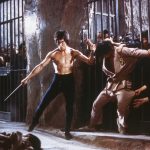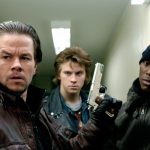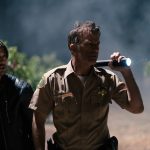Flags of Our Fathers (2006)
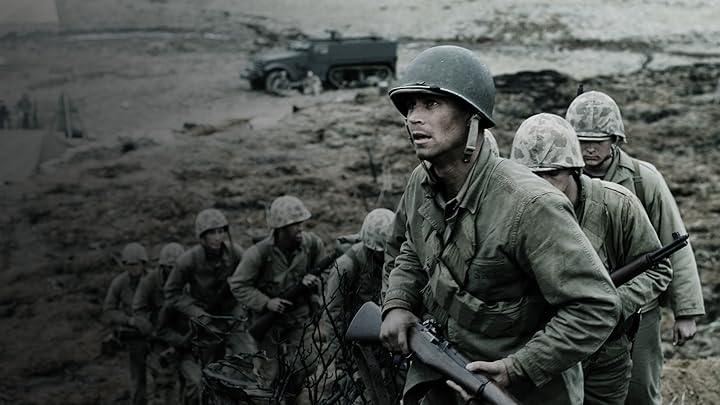
“Flags of Our Fathers” (2006) is a war drama film directed by Clint Eastwood and based on the book of the same name by James Bradley and Ron Powers. The film provides a gripping portrayal of the Battle of Iwo Jima during World War II and the aftermath of the iconic photograph of the flag-raising on Mount Suribachi.
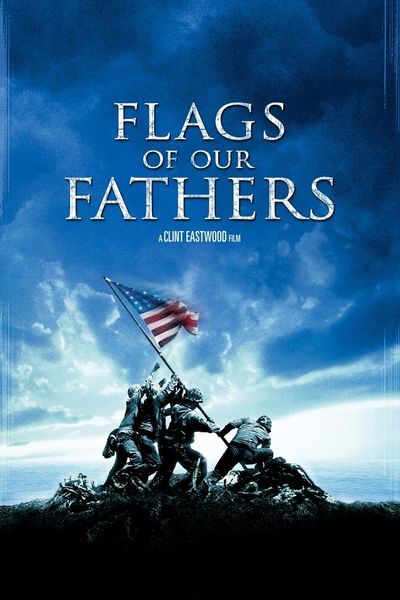
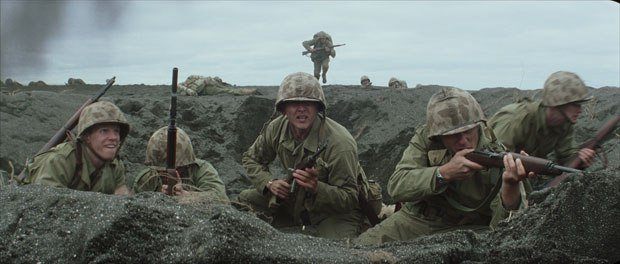
The story centers on the lives of the six men who raised the American flag during the battle, which was captured in a photograph that became a symbol of hope and heroism for the American public. The film explores the complexities and human stories behind the famous image, focusing on three of the flag raisers: John “Doc” Bradley (Ryan Phillippe), Rene Gagnon (Jesse Bradford), and Ira Hayes (Adam Beach).

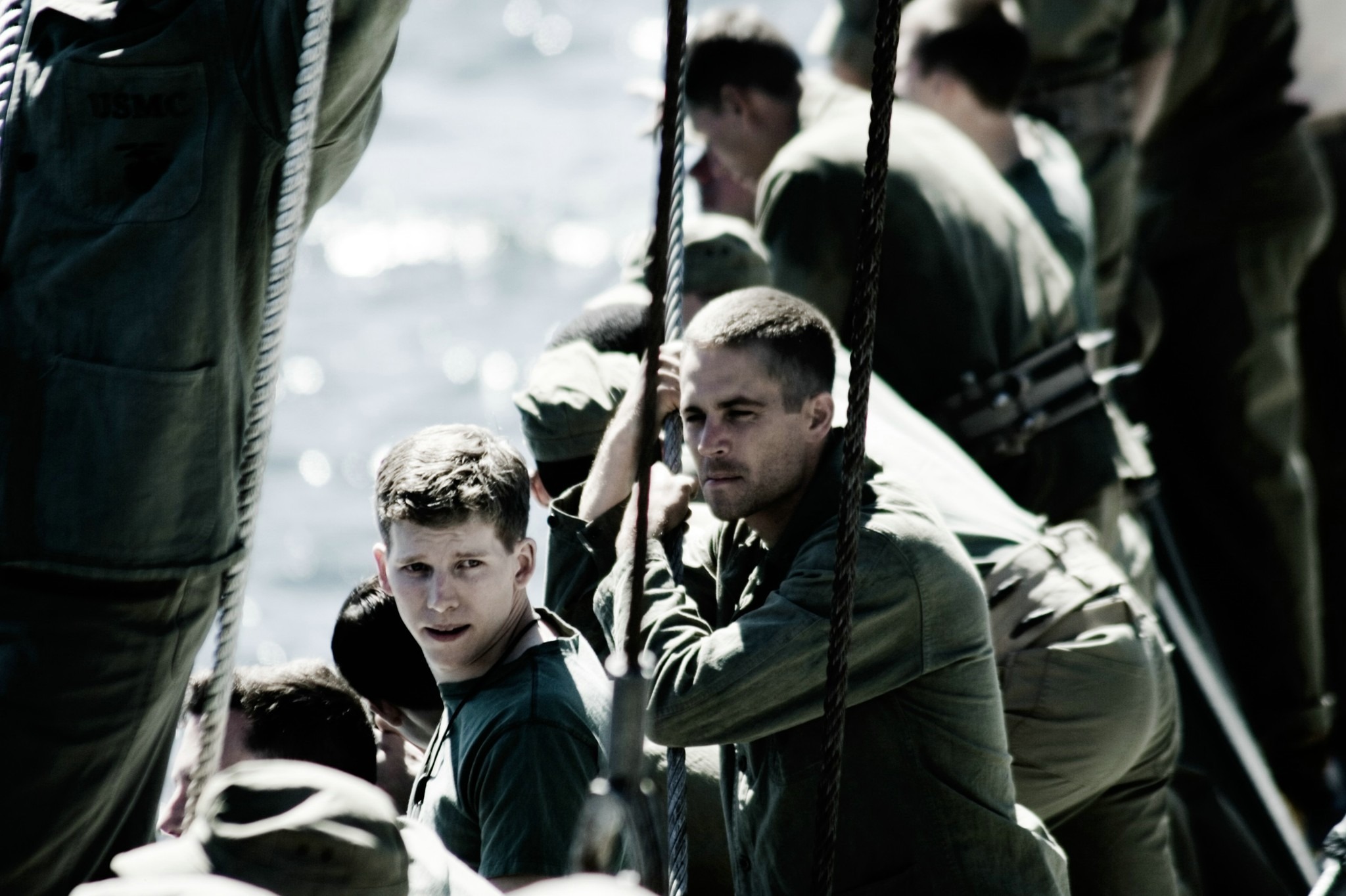
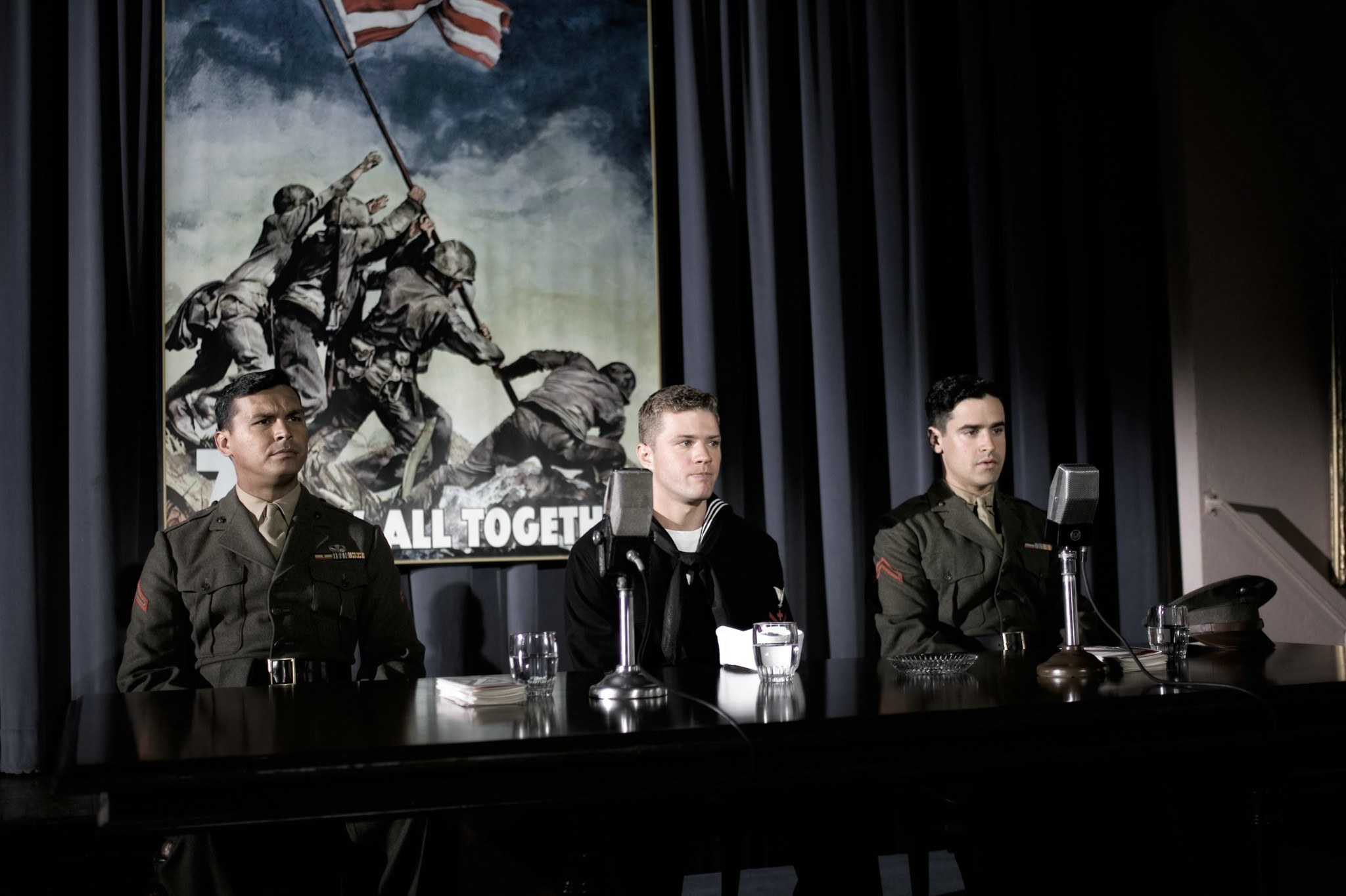
As the film unfolds, it alternates between the brutal realities of the battlefield and the experiences of the surviving flag raisers as they are brought back to the United States to participate in a war bond tour. These men are celebrated as heroes, but they grapple with the profound psychological and emotional scars left by the war, as well as the pressure and expectations placed upon them by their newfound fame.
Clint Eastwood’s direction brings a somber and respectful tone to the film, highlighting the personal sacrifices and the often overlooked consequences of war on individual soldiers. The screenplay by William Broyles Jr. and Paul Haggis delves into themes of heroism, identity, and the contrast between the public’s perception of war and the harsh reality faced by those who fight it.
“Flags of Our Fathers” is praised for its powerful performances, particularly by Ryan Phillippe, Adam Beach, and Jesse Bradford, as well as its realistic depiction of combat. The film’s cinematography by Tom Stern captures the stark, harrowing conditions of the battlefield, while Eastwood’s direction ensures that the human stories at the heart of the narrative remain front and center.
The film received critical acclaim and was nominated for two Academy Awards, for Best Sound Editing and Best Sound Mixing. It is often noted for its companion film, “Letters from Iwo Jima,” also directed by Eastwood, which presents the battle from the perspective of the Japanese soldiers. Together, the two films provide a comprehensive and deeply human look at one of the most significant battles of World War II.

